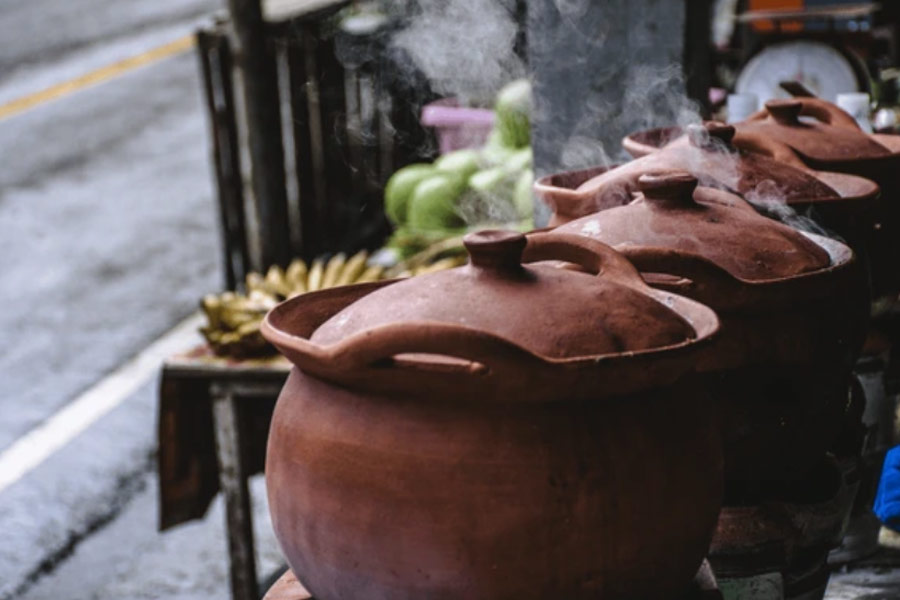In Kolkata, clay has always been close to the table. Chai served in little bhnars and doi sitting firm in a claypot are not novelties but daily reminders of tradition here. What is new though is the claypot’s journey back to the kitchen from the tables.
Several Kolkata restaurants and home chefs are embracing earthenware for cooking again, giving claypots a modern revival and placing them next to the non-stick pans and air fryers.
The healthy alternative
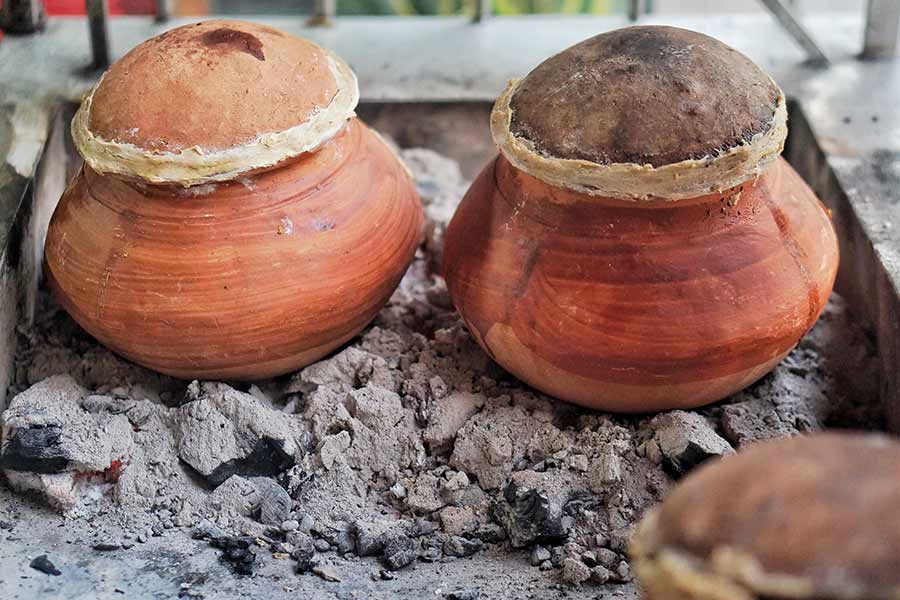
File Picture
Claypots are celebrated not only for their rustic charm but also for their health benefits.
“Before using them, it is important that they remain unglazed and natural. Unglazed clay retains the natural moisture and nutrients, distributes heat evenly and, because of its alkaline nature, reduces the acidity of food. This makes meals easier to digest, which is especially beneficial for people with gastric concerns,” said Ipsita Chakravarti, HOD of dietetics at CMRI, Kolkata.
She added that the porous nature of clay allows food to cook with less oil while enhancing flavour, making it a healthier alternative to non-stick cookware that often carries chemical coatings.
Restaurants rediscovering earthenware
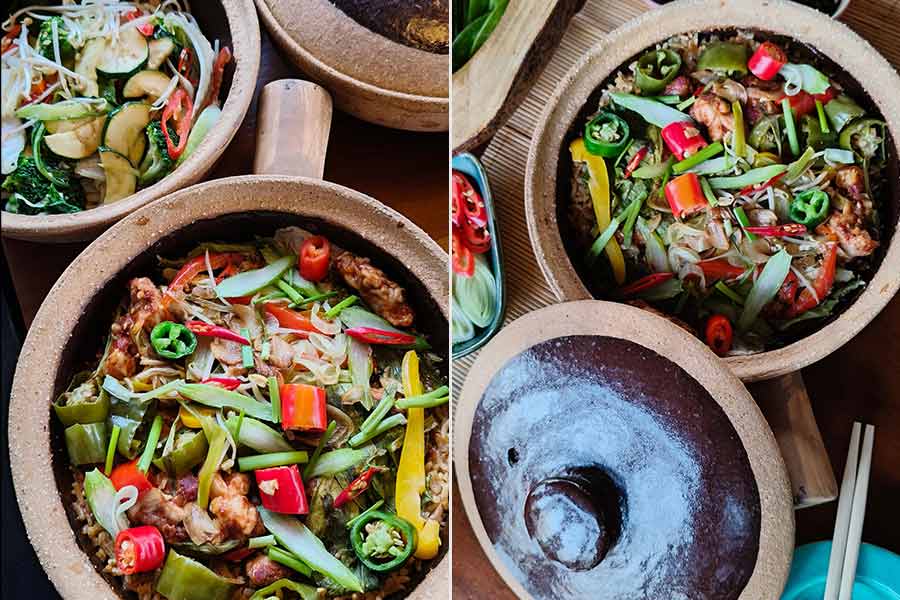
File Picture
Hyatt Centric Ballygunge recently hosted a claypot festival at its diner TESS, where slow-cooked rice, meats and vegetables were served in earthenware.
Homechefs are joining the revival as well.
For Sayani Sengupta, who runs Gooseberri, claypots have become indispensable. “I love the flavour which claypot imparts to any preparation, especially the ones which take a longer time to cook like red meat. I even dum-cook crab in a claypot on a regular basis, although the cooking time has to be monitored so the crab does not get overcooked,” she said.
One of her highest selling preparations are Champaran style mutton, chicken, pork, crab, raw jackfruit. Besides these, Rosh/Namkeen Gosht, Claypot Anchovy Butter Pork with Olives, Claypot Ghee Rice, Jackfruit Dum Pulao, and Rajasthani Junglee Maas also sell like hot cakes.
“Hatey Makha Kochu Dum and aloo dum turn out amazing. Basically, I do most of my dum cooking in claypot since the last five years now,” she said.
Chai and mishti in ‘bhnars’
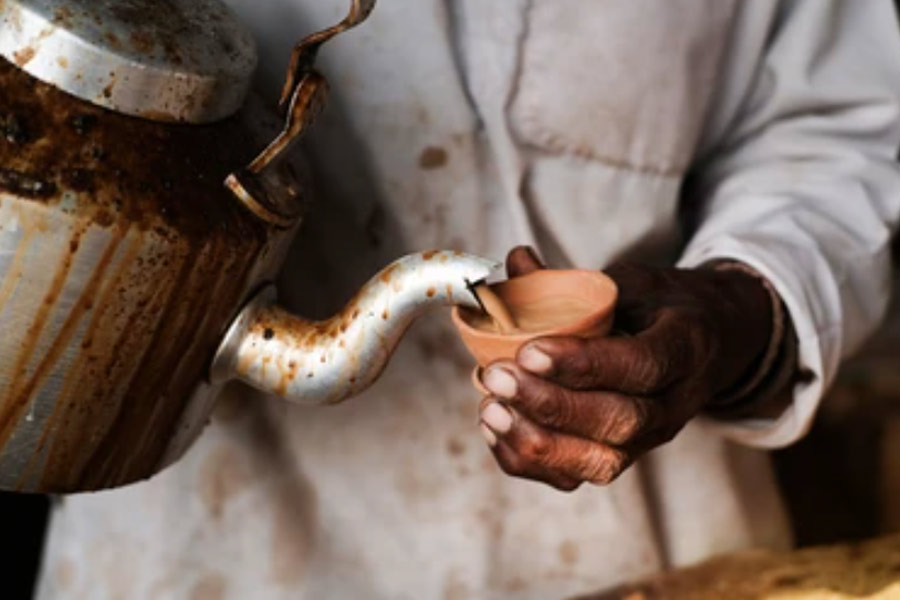
Shutterstock
For Kolkata’s streets, clay never ran out of fashion. Chai continues to be poured into bhnars, also known as kulhads, at countless tea stalls across the city. While paper and plastic cups have crept in, the earthy taste of chai in clay remains unmatched and continues to draw loyal customers. Similarly, Bengali sweet shops have never stopped relying on clay. Rosogolla and mishti doi are still packed in bhnars, giving them the right texture and a subtle earthiness that glass or plastic cannot replicate.
A sustainable choice
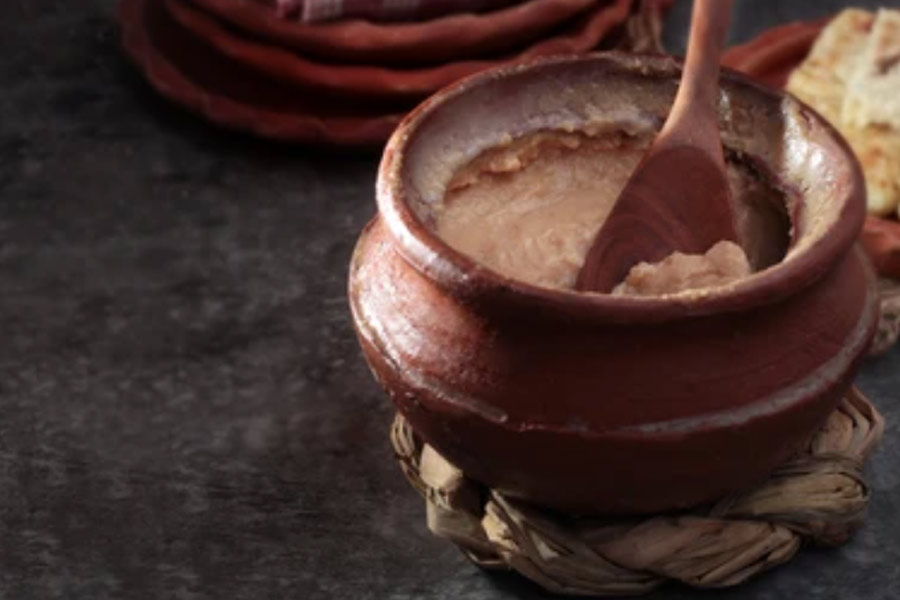
Shutterstock
Beyond taste and health, claypots offer sustainability. Made from natural clay and fully biodegradable, they are kinder to the planet than plastic or coated utensils. Using earthenware also supports traditional artisans who craft them. In a city where food is as much about heritage as it is about innovation, the return of clay to modern kitchens signals both nostalgia and forward thinking.
